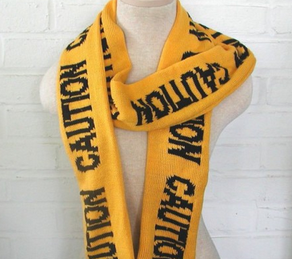Unspoken Crimes of Dress Codes
October 5, 2015
Is a boy’s distracted glance more important than a girl’s education and self-esteem? Is it more unacceptable to see a female’s knees than to deprive her of learning in order to change her clothes?
While there are dress code standards imposed on both males and females, it is more often that females are reprimanded for breaking said rules. The dress code for the public school system often prohibits chains, offensive language on clothing, spikes, dangerous items and hats for males. For females, the list includes all of these restrictions while extending to several more. The code of conduct states that “A student’s dress, grooming and appearance, including hairstyle, jewelry, makeup and nails, shall be safe, appropriate, and not disrupt or interfere with the educational process. For example, the following are inappropriate for school: extremely brief garments such as tube tops, net tops, halter tops, spaghetti straps, plunging necklines (front and/or back) and see-through garments.” While there may be males who choose to wear items such as these, this type of clothing is most generally seen on female students.
So the question is, why implement a dress code with this much specificity? Some administrators would say that the goal is to promote a more dignified or respectful school image. However, the most prevalent reasoning behind prohibiting female students from wearing certain pieces of clothing is the possibility that their “provocative” style of dress will distract the male students surrounding them. Girls who seem to have violated the dress code are often asked to leave class or even to go home to change, whereupon they will only be permitted to go back to class after having changed into something less “distracting.” Now, it’s understandable of administrators to not want extremely provocative clothing worn in school. It wouldn’t be appropriate for anyone, male or female, to walk around in their underwear with stilettos and fishnet tights. That being said, a detrimental message is still being sent to teenage girls. They are being told that their self-expression is less important than the comfortability level of their male counterparts.
Incidentally, boys are hurt by this reasoning as well. By designing the dress code around the assumption that all boys will indeed be distracted by a skirt that doesn’t quite reach a girl’s knees, a stereotype is perpetuated that all men are animalistic beings driven by sexuality and sexual attraction alone. Truthfully, it is personally hard for me to believe that any of my male classmates have ever been distracted by a stray bra strap or a skirt that was just a bit above my fingertips. I have, however, felt a blow to my self-esteem when I have been asked to leave class in order to change.
Everyone on this earth has at least one thing they don’t like about themselves. It’s completely human to be insecure. Males and females alike are self-conscious about their appearance, even if they fit in just enough to please society. However, by demanding that female students change instead of being in class, several different messages are sent. Girls could be thinking, “I knew this outfit wasn’t pretty enough,” or “Is my education really less important than what I choose to wear?” Or even, “I guess wearing spaghetti straps is indecent.” Truthfully, any interpretation wouldn’t exactly be positive.
The only way to really control what students wear is by implementing a mandatory uniform. The problem is, though, that while a dress code gets rid of insecurities about whether one’s clothes are good enough, it also exterminates any sense of self-expression. In a school without uniforms, students should be allowed to express themselves through fashion in the way that they see fit (within reason). This does not mean that students should be allowed to run around half naked, either. Equality rests within balance. Self-expression and self-esteem should be of equal value to education. Thus, educational time should not be taken away from a female student by asking her to change into a more “appropriate” garment.
